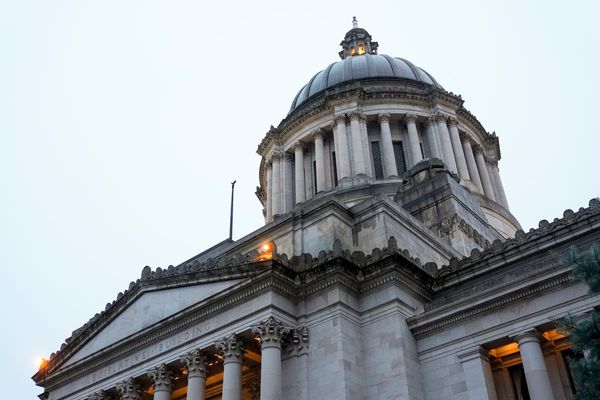
The federal government has unveiled plans to reintroduce grizzly bears to an area of northwest and north-central Washington, where they were previously eradicated. The National Park Service and U.S. Fish and Wildlife Service have announced a comprehensive strategy that involves releasing three to seven bears annually over a period of five to ten years, with the goal of establishing an initial population of 25 bears. The long-term objective is to restore the grizzly bear population in the region to 200 bears within the next 60 to 100 years.
Grizzly bears are classified as threatened in the Lower 48 states and currently inhabit four out of six designated recovery areas in parts of Montana, Idaho, Wyoming, and northeast Washington. The bears selected for the restoration project will be sourced from areas with robust populations to ensure genetic diversity and viability.
Notably, there has been no confirmed sighting of a grizzly bear within the North Cascades Ecosystem in the U.S. since 1996. The restoration initiative will focus on the U.S. portion of the greater North Cascades Ecosystem, which extends into Canada.
The fragmented habitat in the region, caused by natural barriers like rivers, highways, and human activities, makes it improbable for grizzlies to naturally repopulate the area. Historical records indicate that the grizzly bear population in the North Cascades was decimated by trapping, mining, and bounty hunting during the 1800s, leading to a sharp decline by 1860. Challenges such as limited mating opportunities and slow reproductive rates further hindered population recovery.
To facilitate the reintroduction effort, the federal agencies intend to designate the bears as a “nonessential experimental population,” granting greater management flexibility in case of conflicts. This designation could allow for relaxed regulations under the Endangered Species Act, permitting actions like self-defense killings, relocation of problematic bears, and removal of bears posing threats to livestock upon landowners' requests.
The U.S. portion of the North Cascades ecosystem, comparable in size to Vermont, offers suitable habitat with dens and abundant food sources for grizzly bears. Much of the region is under federal management, ensuring conservation efforts align with the restoration goals.







